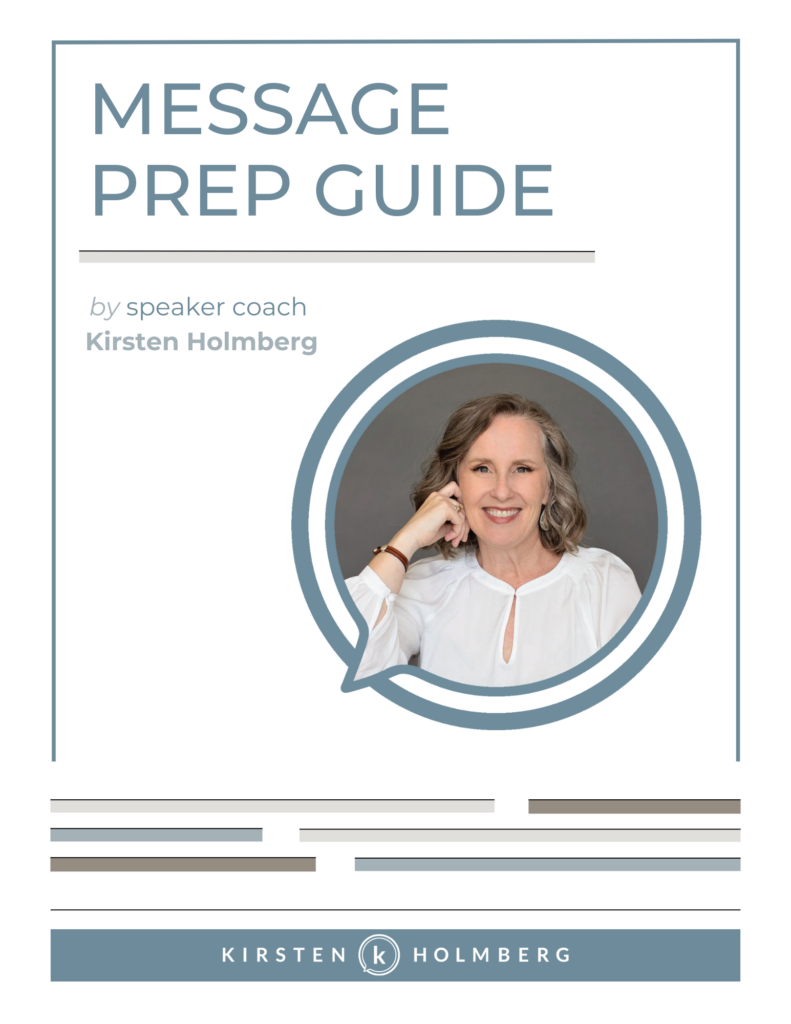The foolproof recipe for whipping up a great presentation

Process. Routine. Method.
These words don’t really conjure a sense of excitement or adventure do they? Womp, womp.
And yet much has been written about the benefits of having systems and routines:
Greater productivity
Less stress
Less procrastination
Though they sound mundane, process, routine, and method are vital keys to unlocking time and reducing stress. The popularity of Andrew Huberman’s morning routine, Marie Kondo’s KonMari method, and Timeboxing strategies reveals how much we benefit from systems—both personally and professionally.
Having a system for developing presentations makes the effort much more manageable and, more importantly, ensures greater success. Many of my clients say that learning the process I teach them is the greatest ongoing benefit of working with me. By leaning on a repeatable process, they’re less overwhelmed by having to create yet another presentation (likely with little time!). And they are happier with the results of their efforts.
Here’s a brief overview of the process I use to develop content with my clients (or for my clients, in the case of speechwriting):
Step 1: Presentation pre-work
This is the most overlooked aspect of creating a presentation. Yet it’s arguably the most important: only by slowing down to reflect on the situation into which you’ll be communicating can you hope to be effective with your message. Why have you been asked to address this topic? Who needs to hear it and what do they already know about the subject? What are the explicit and implicit goals of the encounter? We’ve all heard presentations that seemed tone-deaf or at least didn’t really address the expectations for the meeting. Affording yourself the time to inventory the context and objectives is essential to the success of your message.
Step 2: Content development
Developing content is the heaviest lift for most people. Those that invest the time in doing the pre-work reap the reward because they already have clarity and certainty about what needs to be said to achieve their objective. I encourage my clients to write their introduction and conclusion in full sentences but to generate the remainder of their content in bullet-list form. Not having to write out every sentence ensures they can work quickly to generate the content. And it confers the added benefit of relieving the stress of memorizing large portions of content. Enlisting feedback on your content (having someone read it or hear a run-through) ensures you’re supplying the right information and doing it in a way they can understand.
Step 3: Prepare to stand and deliver
Though they’re technically content, I prefer to think of slides as part of the delivery effort because they’re visual aids—meaning they merely help your audience understand your message the same way your paraverbal and non-verbal communication does. They should be developed after the content is set. Then, identify key messages and practice how you want to say those (which words to emphasize, what gestures to use); by doing so, you’ll be certain those important points hit their mark. Though it’s tempting to skip rehearsing, especially when time is short, even a single run-through will benefit your message delivery tremendously.
This loose framework can be applied as a process to use in preparing for all your future presentations. Break your prep into these three phases and schedule time on your calendar for each. Resist the temptation to let one phase bleed into another at one sitting. Think of this three-phrase process as a presentation recipe, affording you confidence that you’re crafting a message that will meet its objective and showcase your expertise.
My Message Prep Guide provides a detailed, step-by-step guided process for developing message. It’s the next best thing to having a speaker coach or speechwriter!

